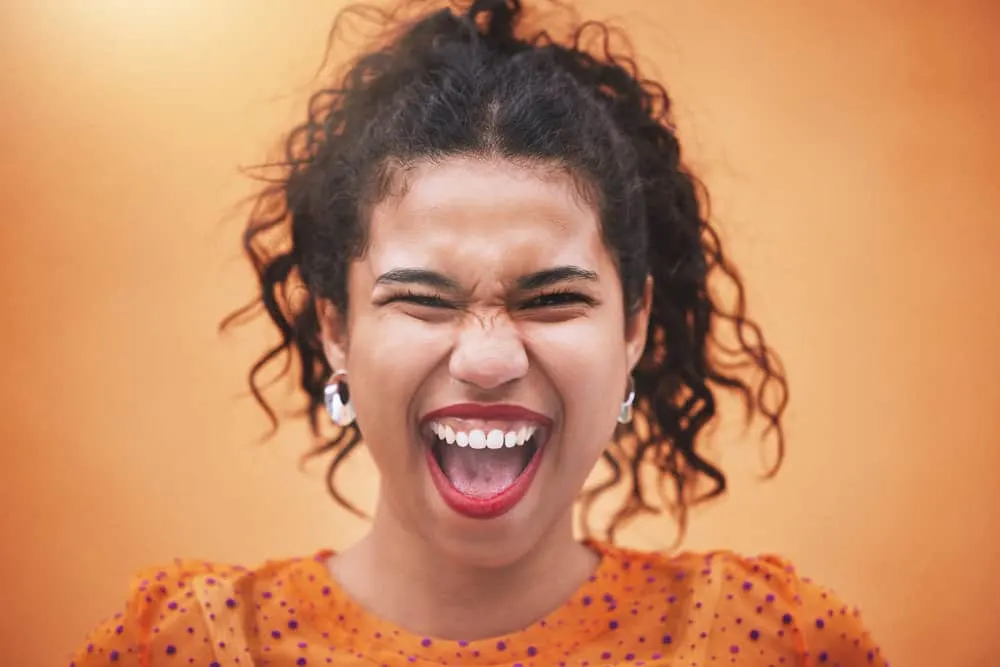
Hair seems simple enough at first glance, but believe it or not, it’s much more than a mere accessory to keep your head warm. And there’s always some fascinating to learn about it. Without further ado, let’s get into some hair-raising facts (pun intended)!
Table of Contents
- 1 Hair Facts: Collection of 14 Fun Facts About Hair
- 2 1. Healthy Hair Stretches
- 3 2. Red Is the Rarest Natural Hair Color
- 4 3. A Single Hair Strand Has a Lifespan of 2 to 7 Years
- 5 4. We Lose 50 to 100 Hairs a Day
- 6 5. Your Hair Color Depends on Melanin
- 7 6. Your Hair Grows Fastest Between 15 and 30 years of Age
- 8 7. Hair Growth Rates Have Nothing to Do with Your Sex
- 9 8. Hair Follicles Shrink with Age
- 10 9. Braids Can Cause Traction Alopecia and Thinning Hair
- 11 10. Human Hair is Made of Keratin, Just like Bird Beaks and Fingernails
- 12 11. The Most Common Hair Color is Dark Brown
- 13 12. Cutting your Hair Doesn’t Make it Grow Faster
- 14 13. Hair Grows About a Half Inch Per Month
- 15 14. Hair is Super Strong
Hair Facts: Collection of 14 Fun Facts About Hair
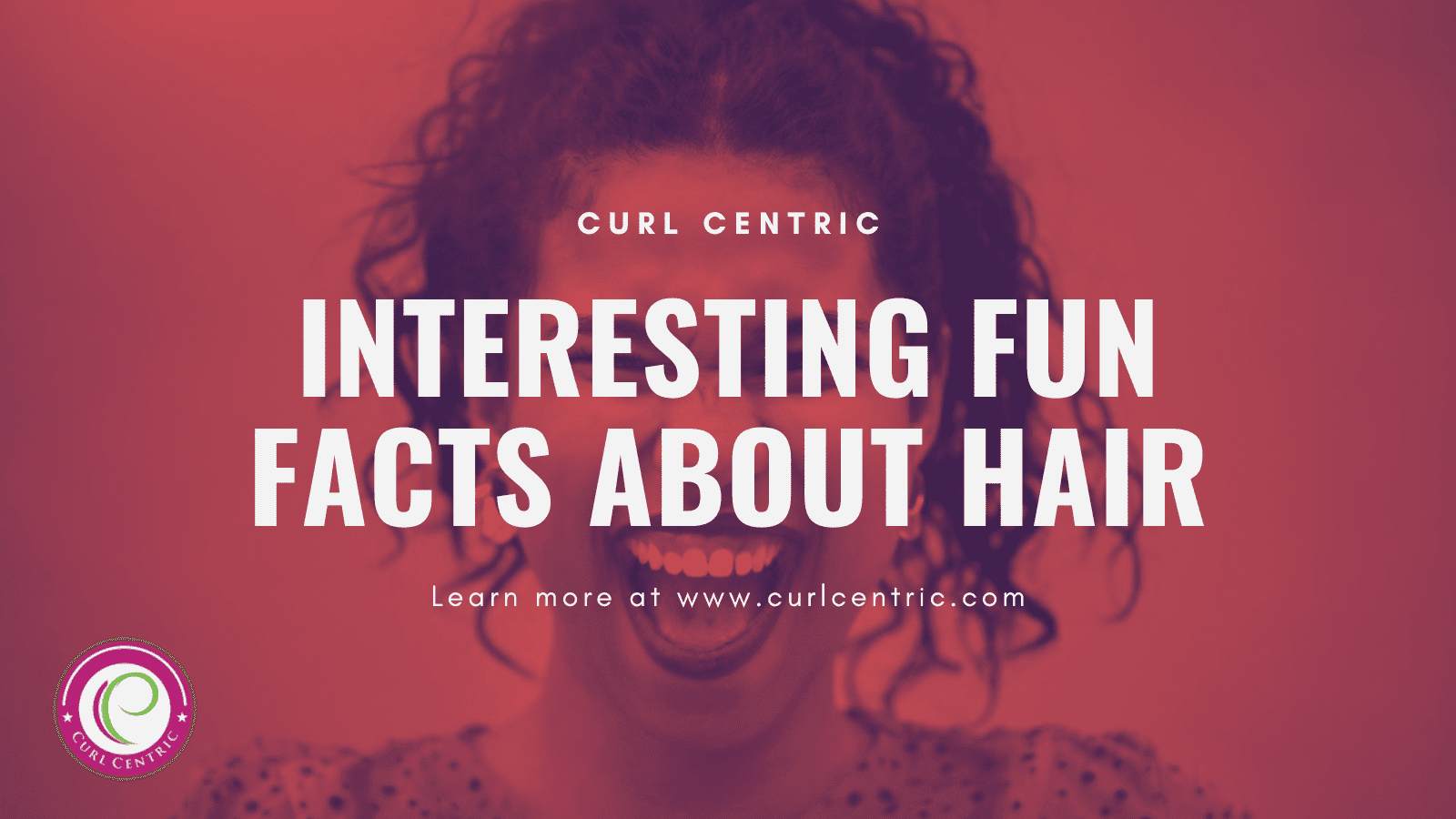
The article delves into fascinating fun facts about human hair, including its elasticity, growth rates, and strength. It discusses the role of melanin in determining hair color, the rarity of red hair, and the prevalence of black and dark brown hair.
Additionally, I’ll address common misconceptions, such as cutting hair for faster growth and the myth that men’s hair grows faster than women’s hair while providing tips on hair care and maintenance.
1. Healthy Hair Stretches
When your hair is healthy, it should be able to stretch up to 30% when it’s wet. And you can use this stat to measure your hair’s elasticity. If your hair isn’t able to stretch much when it’s wet, you’ll need to amp up the moisture in your hair routine.
2. Red Is the Rarest Natural Hair Color
Though many people dye their hair red, true redheads make up only about 1-2% of the global population. This unique hair color is caused by a genetic mutation that affects the production of the pigment responsible for hair color. So, if you’re lucky enough to be born with red hair, embrace your unicorn status and wear it proudly!
3. A Single Hair Strand Has a Lifespan of 2 to 7 Years
Yes, you read that right. A single hair strand can live for longer than most might imagine. During its life, it goes through defined phases:
- Anagen: Where the hair grows continually.
- Catagen: Where the hair is no longer growing but remains in the hair follicle.
- Telogen: Where the hair still isn’t growing and eventually sheds.
After this, new hair grows in place of the previous hair.
4. We Lose 50 to 100 Hairs a Day
50 to 100 hairs may seem like a lot, but considering how many hairs we have on our heads, it’s minuscule. If you notice much more than 100 hairs a day in your brush or comb, you’ll have to consider the possibility that your hair routine needs a tweak.
If you still see a lot of shedding after updating your hair routine, you may need to contact a dermatologist or trichologist.
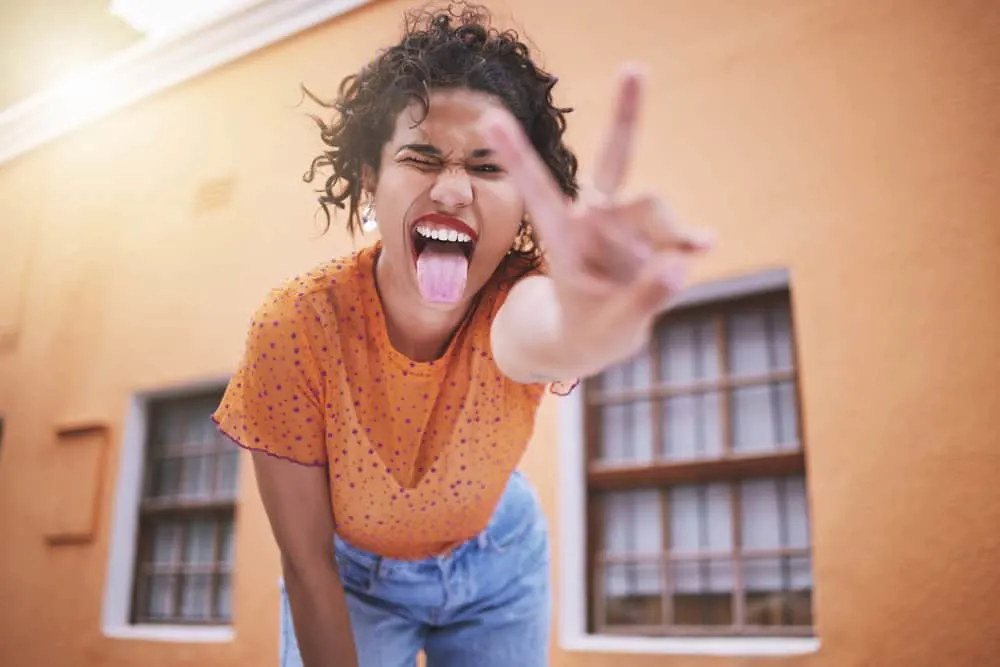
5. Your Hair Color Depends on Melanin
Melanin is a pigment that determines your hair color. There are two types of melanin recognized in hair: eumelanin, which produces brown and black hair, and pheomelanin, which gives hair a red tone. Blonde hair has very little eumelanin.
Overall, the amount of melanin in your hair determines its shade. The more you have, the darker your hair color will be. And conversely, the less you have, the lighter your hair will be.
6. Your Hair Grows Fastest Between 15 and 30 years of Age
If you thought your hair grows at a constant rate throughout your life, you’d be mistaken. Your hair reaches its peak growth rate between the ages of 15 to 30. If you’re in this age range right now, it may be cool to find out how long you can grow your hair!
7. Hair Growth Rates Have Nothing to Do with Your Sex
There’s a common misconception that men’s hair grows faster than women’s. But this is simply not true. Various factors, including genetics, age, and overall health, determine hair growth rates.
While it is true that men tend to have more body hair than women, this has more to do with hormonal differences than actual hair growth rates.
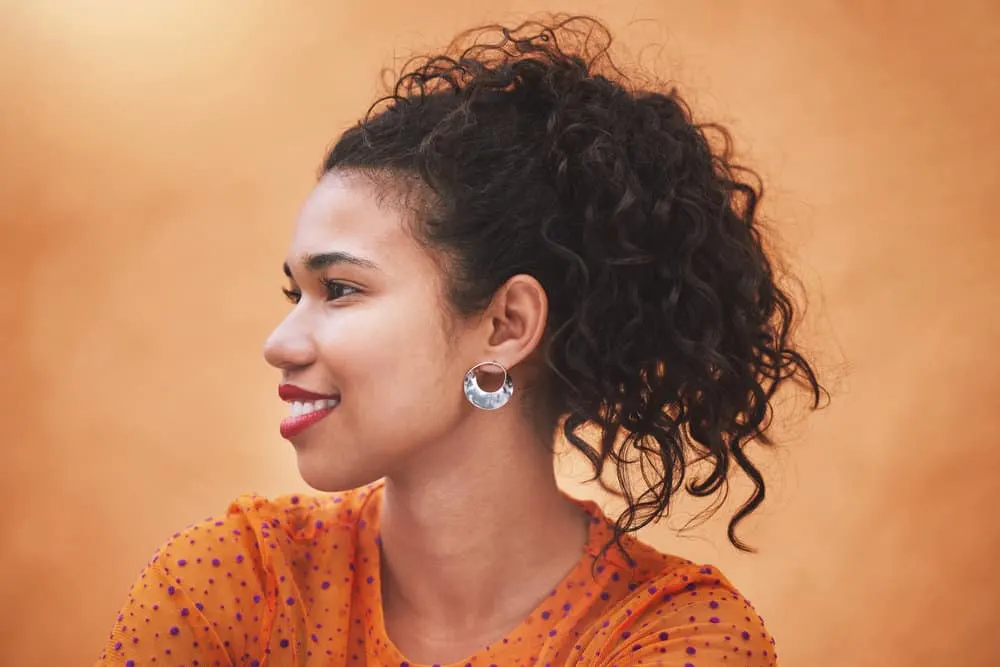
8. Hair Follicles Shrink with Age
As we age, our bodies undergo many changes, including changes in our hair. One of these changes is that our hair follicles shrink. But the way it happens is really bizarre; hair follicle stem cells become damaged over time and become skin.
When enough of these stem cells transform into skin, they cause the hair follicles to shrink. As you might imagine, this can lead to thinning hair and even hair loss. Even if you take care of your hair and scalp, there’s no surefire way to prevent this from happening.
9. Braids Can Cause Traction Alopecia and Thinning Hair
Do you live for box braids, lemonade braids, and other braided styles? Then, you should be aware of traction alopecia; it is a type of hair loss that occurs when hair is pulled tightly for extended periods of time, causing damage to the hair follicles.
The condition is often caused by braids, particularly when they’re done too tightly or left in for too long. Sufferers of traction alopecia experience hair loss along their hairline in most cases.
That’s why it’s important to be mindful of how tightly your hair is braided and take the braids out whenever you find that they’re too tight. It’s also key not to wear your hair in the same style for months and months on end.
If you’re concerned about traction alopecia, it’s always best to speak with a professional stylist who can offer advice on how to protect your hair while still enjoying the braided styles you love.
10. Human Hair is Made of Keratin, Just like Bird Beaks and Fingernails
Though hair may look vastly different from bird beaks and fingernails, they are all made of the same protein – keratin. In case you didn’t know, keratin is a fibrous protein that provides structure and protection to our hair.
The amount of keratin in your hair may vary depending on genetics, your health, and your age. If your hair is ever deficient in keratin, your hair will become progressively weaker and become more and more prone to breakage.

11. The Most Common Hair Color is Dark Brown
If you have black or dark brown hair, you’re one of many. More than 90% of the global population has black or brown hair. Included in this percentage are people with light brown, medium brown, dark brown, and black hair. It’s no wonder that so many people have brown hair, as it is a dominant trait that is passed down through generations.
12. Cutting your Hair Doesn’t Make it Grow Faster
Contrary to popular belief, cutting your hair does not make it grow faster. Hair growth is determined by genetics and various factors such as nutrition, age, and overall health.
Trimming your hair regularly can help prevent split ends and breakage, which can increase your length retention and make your hair appear thicker and healthier. However, it does not actually affect your hair growth rate.
13. Hair Grows About a Half Inch Per Month
You may have seen miracle products that promise to grow your hair 3 inches in a week. That’s not humanly possible – at its peak, hair grows only about half an inch per month. While this might not seem too impressive, it can add up over time!
Of course, everyone’s hair growth rate is different and can be affected by factors such as genetics, diet, and overall health. The best way to increase your hair’s length is to take care of your existing hair so it flourishes instead of breaking off.
Prioritize your hair’s moisture levels, get protein treatments as needed, detangle gently, and do low-manipulation hairstyles. All of these things will give your hair the best chance of remaining where it should be – on your head.
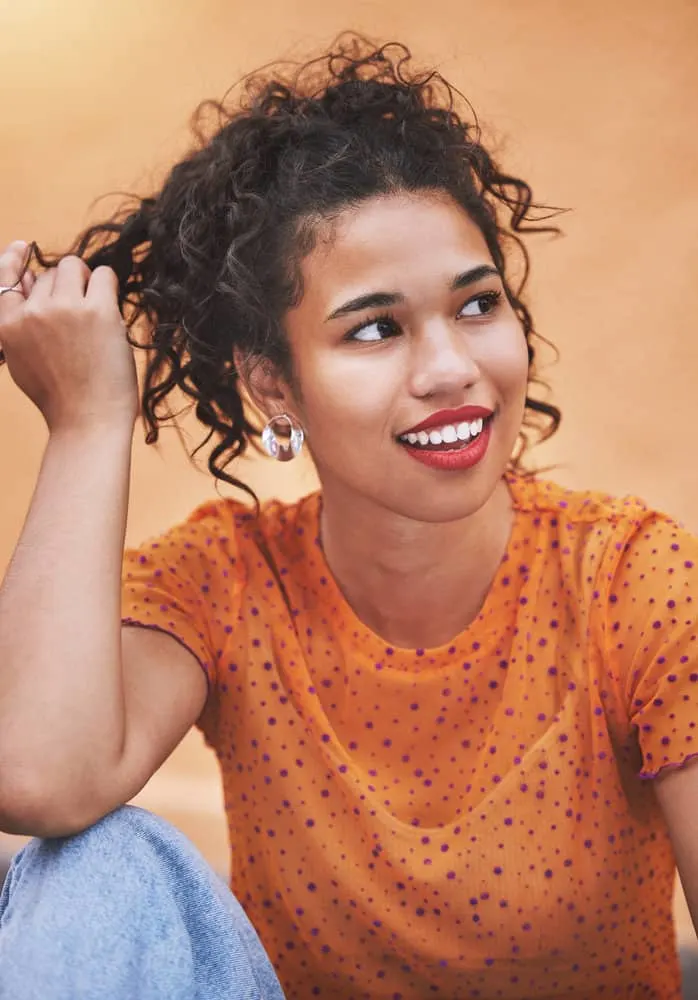
14. Hair is Super Strong
Did you know that a single strand of hair is stronger than steel (when compensating for density differences)? It’s true! But that doesn’t mean you shouldn’t be gentle with your tresses throughout your hair care and styling routines. Your hair strands are strong, but they can’t take a ton of abuse over time without breaking.
What Are Some Fun Facts About Hair?
Hair is incredibly strong, as a single strand can be stronger than steel when accounting for density differences. Healthy hair can stretch up to 30% when wet, which is useful for measuring its elasticity. Additionally, each hair strand has a lifespan of 2 to 7 years, going through specific phases before shedding and being replaced by new growth.
What Is Special About the Human Hair?
Human hair serves multiple functions, including heat insulation, cooling through sweat evaporation, and protection from ultraviolet radiation. Its composition consists of a protein called keratin, also found in bird beaks and human fingernails. The versatility of human hair is a distinguishing characteristic, allowing for an array of styles and personal expressions.
What Color Hair Has the Most Hair?
Blonde hair has the most individual strands of any hair color, with approximately 150,000 hairs on a person’s head. Following blonde hair are brown and black hair, with 110,000 and 100,000 strands, respectively. Redheads typically have the least amount of hair, averaging around 90,000 strands.
What Is Hair Made Out Of?
The primary component of hair is a protein called keratin, which contributes to its strength and protective qualities. Keratin is also a structural component in bird beaks and human nails. The keratin levels in a person’s hair can fluctuate due to factors like genetics, overall health, and age, and insufficient keratin can lead to fragile hair that is prone to breaking.
So, there you have it – fun facts you probably didn’t know about hair. We hope that you enjoyed these facts and that they opened up your mind to just how fascinating hair really is!
